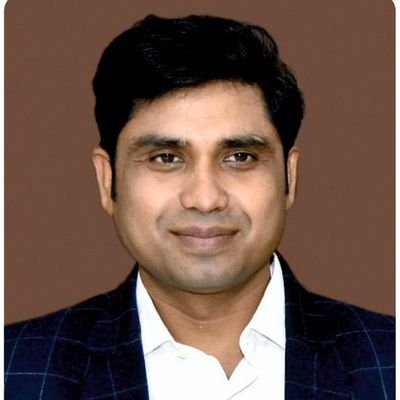The city of diamond and textile is undergoing a transition. To date, the city located on the banks of the Tapi river single-handedly accounts for 90 per cent of the global diamond polishing and cutting in the country. The city exports $15 billion worth of diamonds from India, the highest in Asia. But an emerging industry in the city is information technology.
Banchhanidhi Pani, Commissioner of Surat Municipal Corporation (SMC), says IT is the next ‘it’ thing for Surat. “After textile and diamond industry, IT industry is gaining momentum in Surat. IT is the backbone for all industries developing in the city. IT industry picked up in Surat even before Covid but the pandemic accelerated the pace of the industry. Be it startups or diamond businesses, everyone is going digital and the IT industry provides the backend support for all of them to flourish.”
The 2005-batch Odia IAS officer added, “With an improving service sector and an increase in online transactions, the industry is bound to get better. I can safely say that the IT industry in Surat is going to be the next big thing. Similar is the trend in Vapi and Bharuch.”
There are more than 41,300 industries running in Surat. Around 24% of small-scale industries relate to textile industries only. Some of the other areas of SSI include diamond cutting and polishing, zari making, chemical dyeing and printing and allied engineering equipment manufacturing industries. As these companies take up digitalization, it directly benefits the IT industry in Surat.

Many growing IT companies in Surat are engaged in providing global solutions to organizations across the world. They provide ERP solutions, application development and software development services. There are companies that have pioneered in web development, application management software, software development, CRM software etc.
Some of them include Softloopers, Softrinity global solutions, VPN Solutions, Finlogic, Galaxy Technologies, Sun Micro Solutions, Night Fox Technologies etc.
Surat gears up to fight the third wave with a special focus on children
Pani studied at Utkal University, Rourkela, Odissa before joining Jawaharlal Nehru University, Delhi. It was JNU that ignited Pani’s interest in civil services. Today, he has 17 years of service experience in Gujarat. When he became Surat commissioner on Sept 5, 2019, his vision was to work on three major projects: Tapi Riverfront Development, Development of pending bridges and updating Surat’s fire safety infrastructure.
“Covid changed our plans and made us focus on relevant issues. After dealing with the second wave, we are now geared up for the third wave. At least 77% of Surat population has taken the first dose. 24% are fully vaccinated. Our target is to reach the 100% vaccination mark before Diwali. We are encouraging the private and public sectors to come up with Pressure Swing Adsorption (PSA) plants. The medical oxygen generation plants absorb nitrogen from the air and convert it into oxygen for supply to facilities. Our city already has 10 of them.” said Pani.
There is speculation about the third wave of Covid affecting children. To combat the situation, Pani has taken precautionary measures. “Pediatric and neonatal hospitals in the city are mapped. We have 200 of them with 3,000 beds, 50% of whom are oxygen beds. We have increased the capacity of production of oxygen too.”
“During the first wave, the city had an RT-PCR capacity of 700/day, it has now been increased to 6,000-7,000 per day. We target to increase it to 12,000 per day. To add to this we are also doing manual and digital surveillance to identify the source of Covid cases. To help Suratis, we are increasing Urban Health centres. We had 50 of them but now we are increasing it by 90 centres.”
“Surat has a history of fighting plague and famine. Suratis are a resilient lot and once again we will fight the Covid wave. We are all guarded.” he concluded.












